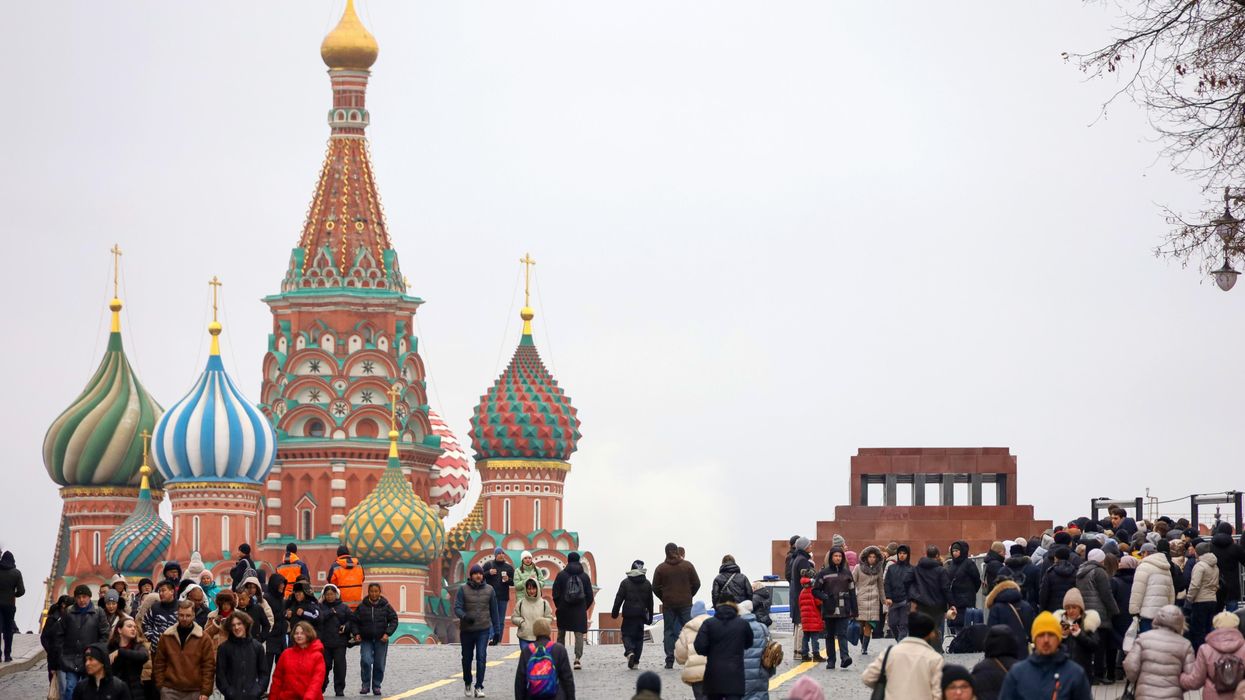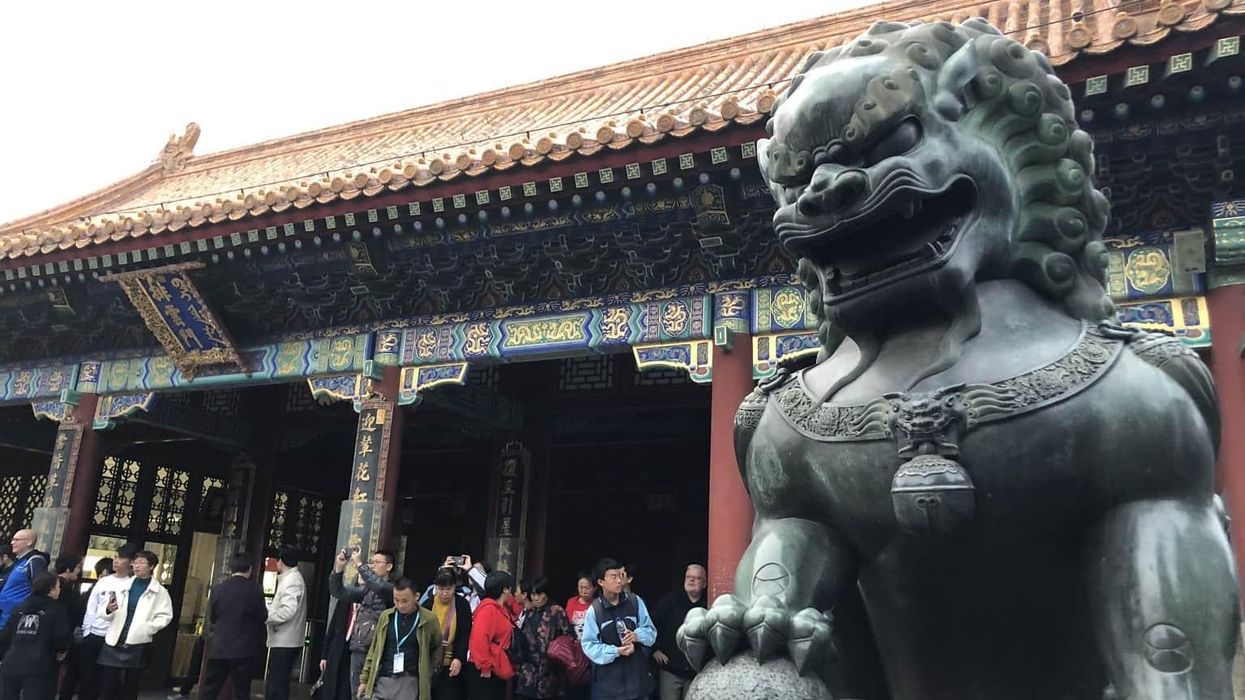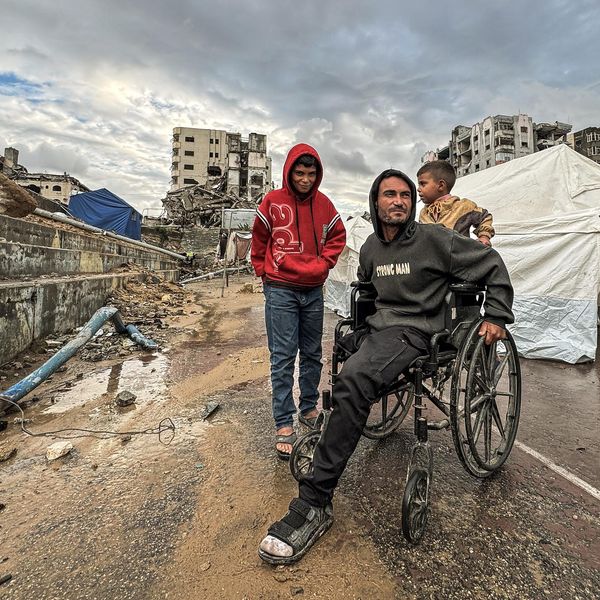Since the Cold War, North and South Korea have frequently stood on opposing sides in geostrategic conflicts.
South Korean ground forces and North Korean pilots engaged in combat missions in the Vietnam War. South Korea contributed to U.S.-led coalition forces in Afghanistan and Iraq, while North Korea supported regional actors adversarial to the West, such as Assad’s government in Syria and Hezbollah in Lebanon.
In the current Russia-Ukraine War, the two Koreas are again involved on opposing sides. While some proxy wars have characteristics of a “sword vs. sword” in stabbing the adversary indirectly, two Koreas’ “proxy war” in Ukraine bears more characteristics of a “shield vs. shield” in bolstering geostrategic defense and deterrence against each other on the Korean Peninsula.
Before the start of Russia’s “special military operation,” North Korea had defended Russia’s justification for taking protective measures against the West’s purported “hegemonic policies.” North Korea was one of five countries to vote against the UN General Assembly’s resolution condemning Russia’s invasion of Ukraine and one of three countries to recognize pro-Russia separatist republics in Donetsk and Luhansk (which Russia formally annexed in the fall of 2022).
Multiple sources have also alleged North Korea’s increased involvement in supporting Russia’s military operations as the war prolonged. Pyongyang has been reported to have exported artillery shells and rockets to replenish Russia’s military arsenal. In December of 2022, the U.S. and UK governments also accused North Korea of supplying missiles and rockets to the Russian mercenary group Wagner fighting in Ukraine.
North Korean factories have also reportedly been producing winter uniforms and footwear to support Russia’s winter operations, with Russia disregarding UN sanctions on importing North Korean-made textile goods.
North Korea has also confirmed reports that it will send a workforce to assist in rebuilding Russia-occupied Ukrainian territories. The Russian media has reported that North Korea has opened six new trade offices in Russian cities to facilitate the deployment of North Korean laborers. The North Korean workers are also reported to have been sent to manufacturing facilities in the Russian Far East, as Russia has struggled with workforce shortages in certain industrial sectors since implementing partial military mobilization in the fall.
Meanwhile, South Korea, along with the United States and most Western countries, voted for the UN General Assembly resolutions condemning Russia’s invasion of Ukraine. South Korea halted financial transactions with major Russian banks and banned the export of strategic materials, including semiconductors, to Russia.
Seoul, however, has refrained from directly providing military arms to Ukraine. Despite President Volodymyr Zelensky’s request for air defense and anti-tank missiles, South Korea has maintained the policy of providing only non-lethal aid, such as bulletproof vests and medical supplies.
Nonetheless, South Korea has become increasingly involved in supporting Ukraine’s military operations indirectly. In July, South Korean arms manufacturers signed a $15 billion contract with Poland to export tanks, howitzers, and fighter planes (the first shipment of South Korean K2 tanks arrived in Poland in December). In November, Poland signed another contract to import multiple rocket launchers, with the first batch scheduled to arrive early next year. In November, the Wall Street Journal also reported that the Washington would purchase 155mm howitzer artillery shells from South Korean manufacturers to send to Ukraine.
Whether South Korean weaponry will eventually be deployed in the war theater is not yet certain. Even if they are not directly used in the war, South Korea’s arms exports contribute to Ukraine’s military capacity, allowing Europe and the United States to continue the transfer of arms to Ukraine’s military while mitigating the shortages in their arms reserve.
Even South Korea’s non-lethal aid could play a significant role in the war’s progress. In November, Ukraine announced it would receive high-voltage generators and mini-excavators from South Korea, critical to Ukraine’s efforts to repair damaged infrastructure from Russia’s missile and drone attacks in the winter.
North Korea’s strategic leverage in the Korean Peninsula has been bolstered by its support for Russia. With Russia’s reciprocal support and U.S. distraction in Ukraine, North Korea’s confidence to withstand international pressures in consolidating its nuclear state status has grown. This year, North Korea tested an ICBM missile, fired artillery shells near South Korean waters, flew drones into South Korean airspace, and codified its right to launch preemptive nuclear strikes, yet avoided further UN sanctions, as Russia used its veto power to oppose UN Security Council resolutions condemning North Korea’s actions.
The mutual plight of experiencing international sanctions has also improved bilateral economic relations, with cross-border railway trade resuming for the first time in nearly three years.
For South Korea, North Korea’s nuclear advancement has increased the urgency for enhancing its deterrence capacity: strengthening national defense and the international community’s security commitment. South Korean President Yoon Suk-yeol has pledged to elevate South Korea as a “global pivotal state” in international affairs and become the world’s fourth-largest arms exporter by 2027. South Korea’s involvement in the Russia-Ukraine War has advanced these goals.
First, Europe’s renewed security concerns have provided opportunities for the expansion of South Korea’s defense industry. Along with Poland, Estonia and Norway have purchased South Korean-made howitzers and tank ammunitions; South Korea’s defense exports are projected to have reached the highest annual level last year. Should South Korean-made arms eventually be used in the war theater, the South Korean military will have opportunities to test its weaponry against that of Russia, whose military technology North Korea primarily uses.
Second, to prevent the international community’s passivity in responding to North Korea’s nuclear provocations, South Korea’s objective has been to elevate its contributions to security conflicts in other regions to attain reassurance for reciprocal security commitment. Along with South Korea’s economic capacity and cultural “soft power,” South Korea’s military contributions could bolster motivations for the United States, NATO, and the international community to assist the former’s deterrence against North Korea.
The Russia-Ukraine War also poses strategic risks for the two Koreas. The involvement in the war has led to a setback for South Korea’s goal of attaining Russia’s support for North Korea’s denuclearization. In March, Russia placed South Korea on the list of “unfriendly countries” for imposing a direct sanction against Russia. North Korea’s closer alignment with Russia and China could consolidate the geostrategic gridlock in the Korean Peninsula. Therefore, reluctant to provoke Russia excessively, South Korea has reiterated its official stance of providing only non-lethal aid directly to Ukraine.
For North Korea, the war’s attrition could pressure the regime to weigh the burden of over-commitment in supporting Russia’s military operations. North Korea could also face a dilemma hedging between Russia and China; the latter has been more ambiguous toward Russia’s war and has cautioned against the war’s escalation. To mitigate risks, North Korea has officially denied exporting arms to Russia and, despite speculations, made no public statements on sending “volunteer” units to fight in Ukraine.
The two Koreas, however, are likely to continue their calculated involvement in the Russia-Ukraine War. North Korea has sought greater alignment with Russia to bolster diplomatic and economic defense against the West’s sanctions and pressures for denuclearization. South Korea, in turn, has sought greater defense ties with the United States and Europe to bolster national and international deterrence against North Korea’s nuclear threat.
Subsequently, whoever's strategic defense becomes strengthened more due to involvement in the Russia-Ukraine War has implications for the geostrategic balance in the Korean Peninsula.
















